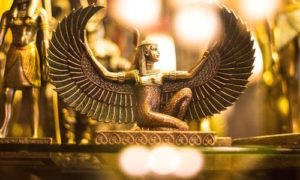
Golden Inspiration
The softest of all the precious metals & originally coveted for its shiny, golden color has paradoxically, throughout its rich history had the strongest hold on the human imagination
Home » The History of Diamonds
The earliest references to diamonds as gemstones stem from India, dating as far back as the 4th century BC. Buddhist works can be found describing diamonds as well-known precious stones.
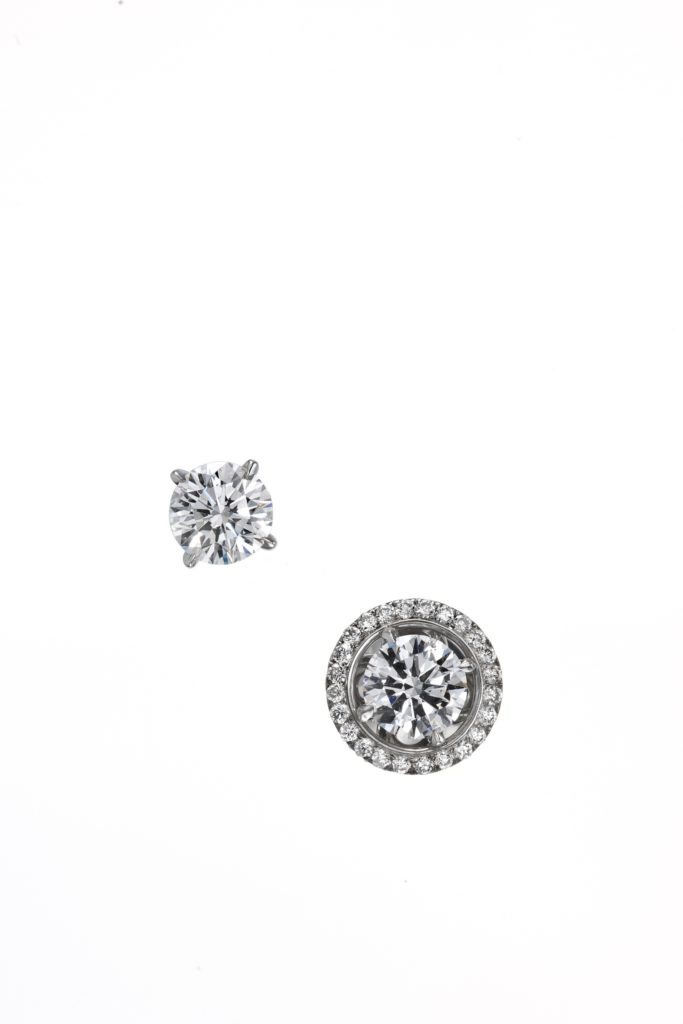
Other descriptions from that time lauded the diamond’s strength, regularity, brilliance, ability to scratch metals and good refractive properties. Golconda, once a capital city in south-central India, served as an important center for diamonds in the 14th century.
Although India remained the only major source of diamonds until their discovery in Brazil, in 1725, their popularity spread throughout the world: from India they reached Ancient Rome; they were discovered in Borneo (700 AD), and they were used by southeast Asian traders. The Chinese, who could not find diamonds in their country, did not use the gemstone for ornamentation but they did use it to cut jade, one of the early industrial uses of diamond knives. In 1867, diamonds were discovered in South Africa, and this country became the favored source for diamonds, quickly becoming the world’s biggest diamond producer.
Today, 92% of the world’s diamonds are cut and polished in India. But some 85% of the world’s rough diamonds, 50% of cut diamonds and 40% of industrial diamonds are traded in Antwerp, Belgium, called the Diamond Center of the world. Antwerp’s association with diamonds began in the late 15th century when a new technique to polish and shape the gems evolved in this city. The diamond cutters of Antwerp are world renowned for their skill. More than 12,000 expert cutters and polishers work in the Diamond Quarter, in 380 workshops serving 1,500 firms and 3,500 brokers and merchants.

The softest of all the precious metals & originally coveted for its shiny, golden color has paradoxically, throughout its rich history had the strongest hold on the human imagination
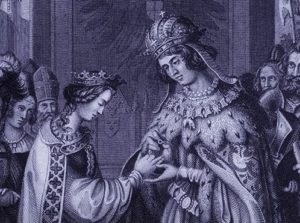
The earliest references to diamonds as gemstones stem from India, dating as far back as the 4th century BC. Buddhist works can be found describing diamonds as well-known precious stones

Essentially, diamonds are graded according to the four Cs: carat, clarity, color and cut. Other characteristics are also considered, including shape and light performance.
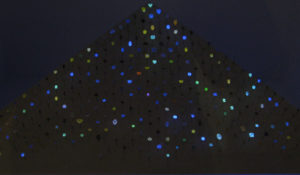
Alan Bronstein is a world-renowned gemologist specializing in colored diamonds. Together with his patron and partner Harry Rodman, a retired gold refiner, he has created a unique
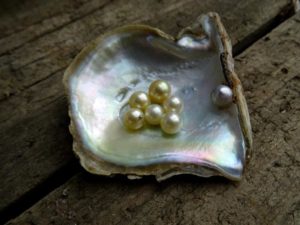
The pearl’s attraction is unlike that of any other gem. Its enchantment goes back to ancient times, more than 6,000 years
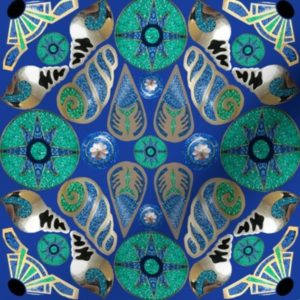
Native American Jewelry is made by many tribes in North America. Although the materials used by all of them are similar, there are some distinct design features that differentiate them